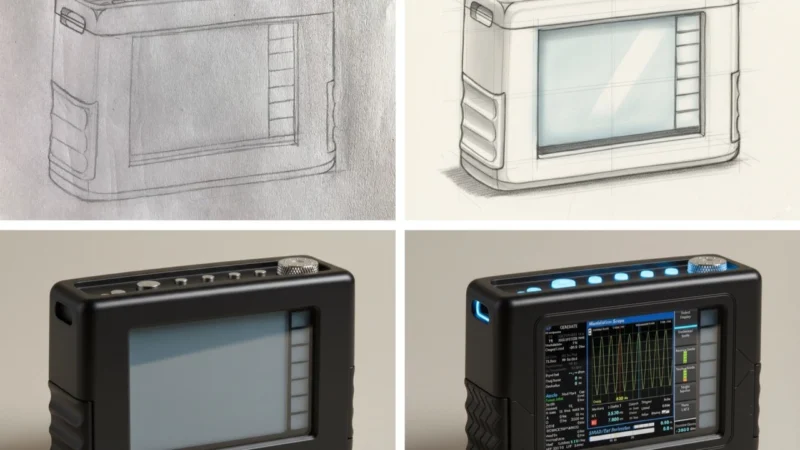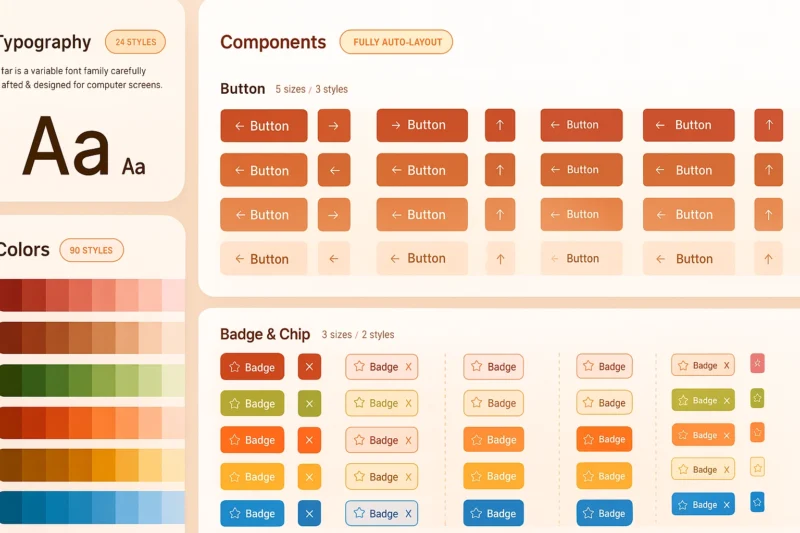Automation Expertise and Product Development
In the fiercely competitive industrial market, companies face the challenge of delivering cost-effective, high-quality systems without compromising on performance. Striking the right balance is crucial, as cost cuts may lead to quality issues that burden support teams, ultimately driving up costs. In their latest podcast episode, Concept Systems, renowned for its automation expertise, assisting companies in navigating this delicate balance.
With over two decades of experience in delivering custom industrial solutions to global manufacturing giants, Concept now extends its product design offering to smaller customers venturing into product development. Understanding that a product’s strength lies in the integration of quality mechanical and control system designs, Concept emphasizes tight integration as a key aspect of their approach.
Moreover, Concept’s automation expertise extends to web-based software tools, enabling customers to stay connected with their deployed systems for service support and product enhancement purposes.
Concept’s systems are meticulously designed to withstand the rigors of industrial use while keeping a keen eye on cost, service, support, and spare part availability.
At Concept Systems, the focus is on aligning product design with the clients’ business drivers, ensuring the development of scalable, cost-effective systems that minimize the service support burden. Their approach revolves around helping businesses thrive and build a loyal clientele.
To leverage the expertise of Concept Systems and empower your product development journey, reach out to them at conceptsystemsinc.com. Experience the transformative impact of their automation solutions firsthand.



